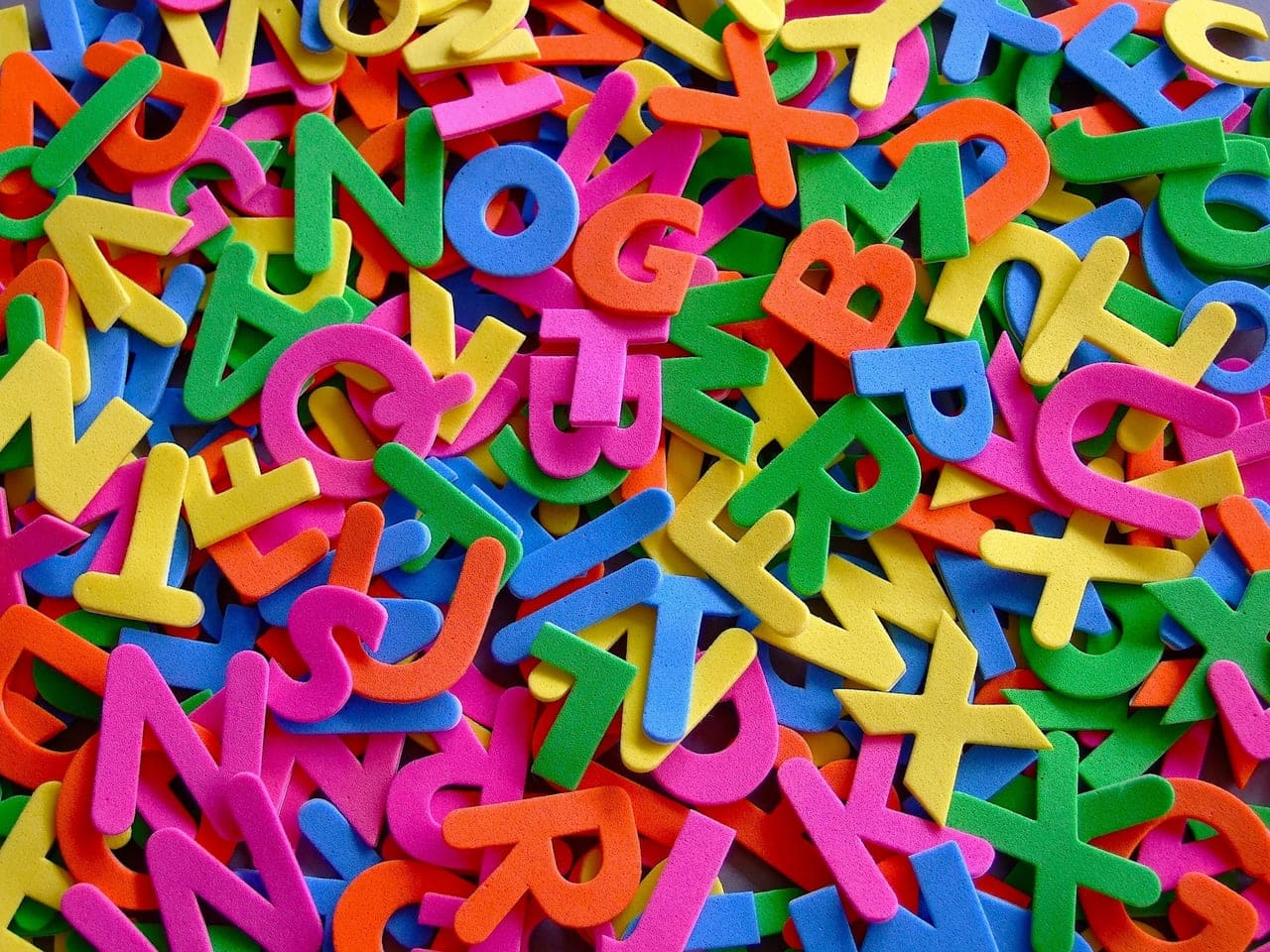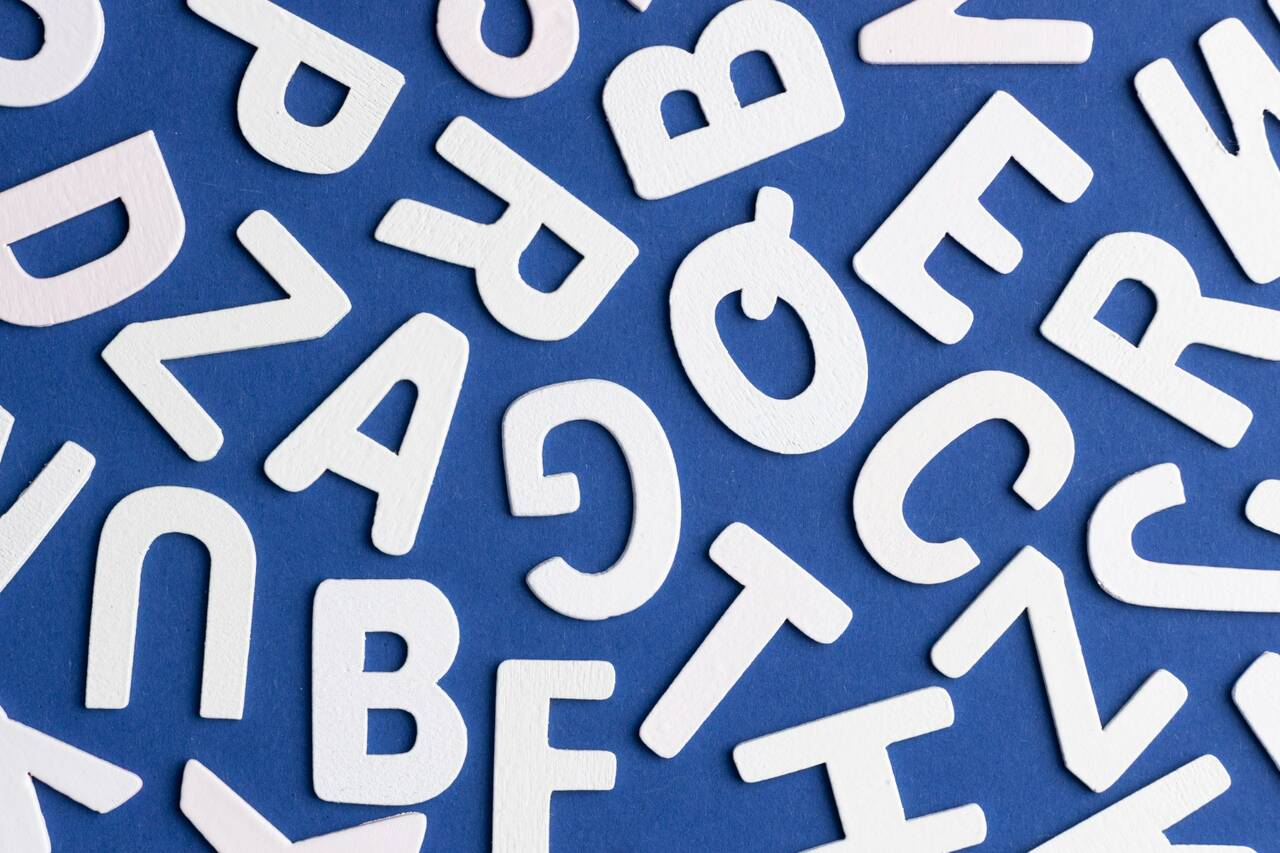
How To Spell in Spanish Like a Native Speaker
DATE:
As an English speaker delving into the world of Spanish, you’re in for an intriguing journey of mastering verb conjugations, getting acquainted with the gender of nouns, and adapting to a unique sentence structure.
But don’t fret about the challenge of spelling – the beauty of Spanish is that it’s incredibly phonetic, almost casting a magic spell of simplicity compared to English. More often than not, Spanish words are spelled exactly as they’re pronounced, making it a pleasantly surprising ‘cold spell’ in your language learning expedition.
Already adept at spelling in English? That’s a great advantage! A treasure trove of English-Spanish cognates – words sharing similar spelling due to common roots – awaits you, facilitating a smooth transition into Spanish. The potential for confusion, such as bad spells of irregularity, are often minimal and follow certain patterns, making Spanish spelling far less daunting.
The Spanish language features five distinct vowel sounds, each symbolizing a unique tone. With consonant letters typically producing only one or two sounds, you’ll find clear rules to guide their use. For instances where the rules break and ‘cómo se escribe’ (how is it written) becomes a question, you may have to rely on memory. But remember, in our digital age, plenty of spell-check tools are at your disposal online to prevent any scenario that spells disaster.
Whether you’re bridging the gap between other languages or navigating through a prolonged spell of mastering Spanish, we’ve got you covered. So, prepare yourself for a fascinating linguistic journey that spells success!

1. “R” and “RR”
This is probably the most difficult difference for English-speaking students to master since in Spanish, the “R” sounds very different from its English equivalent, as there are two sounds, let’s see:
- Soft “R” sounds like a very fast English “D”, which is produced by moving the tongue against the roof of the mouth. You can hear it in words like “arte” (art) , “amasar” (knead), “comer” (to eat) y “dibujar” (to draw).The soft r sound always corresponds to a single “R”.
- Hard “R”: this is the sound commonly known as “rolled r”. This sounds like a trill and is produced by expelling air from the mouth while pressing the tongue lightly against the roof of the mouth. It can be heard in “arroz” (rice), “ferrocarril” (railroad), “rezar” (to pray), “arriba” (up) and “roedor” (rodent).
A common misconception is that when you hear a loud “r” it means that it has a double “R” (rr), but this is not always the case. Here are some rules to keep in mind:
- You’re never going to find double “r” at the beginning or at the end. A single “R” at the beginning of a word produces the strong “R” sound. For example: “rojo” (red), “ratón” (mouse), y “rama” (branch).
- There are no words with a double “R” after a consonant. However, a single “R” produces the strong ”R” sound after the consonants “L”, “N”, or “S”. For example: “subrayar” (underline), “enriquecer” (enrich), “alrededor” (around), “israelí” (Israeli) and “enredo” (tangle).
- If you add a prefix to the beginning of a word that begins with “R”, you must double the r to maintain the strong “R”. For example, the first “R” in “robo” (theft) makes a strong “R”, To say “antirrobo” (anti-theft) you must add the prefix “anti”. But in “antirobo” the “R” would make a soft sound. To maintain the correct pronunciation, we must add a second R” to form the “antirrobo”.
Other examples are “irreligioso” (irreligious), “pelirrojo” (red-headed), “neorrealismo” (neorealism), “irreverente” (irreverent) and “pararrayos” (lightning rod).
To understand a language, don’t forget to also understand its origins. Learn the fascinating history of the Spanish Language.
2. “Y” and “LL”
The letters “Y” and the double L “ll” combination produce the same sound. The actual sound they produce depends on dialect and region and ranges from “Y” as in “yes” to “J” as in “jeans” or even “sh” or “zh” in some regions.
Regardless of the sound they produce, you will need to memorize the spelling. Some common words with “ll” are “calle” (street), “llamar” (to call), “ella” (she), “llegar” (to arrive) and “lluvia” (rain).
Some common “Y” words are “ayer” (yesterday), “ayuda” (help), “yoga” (yoga), “soy” (I am) and “voy” (I go).
A very common mistake among language learners (and even some Spanish speakers) is to confuse the spelling of “haya” (the subjunctive conjugation of the verb haber, to have), “hallar” (to discover or locate) and “allá” (there).
3. “B” and “V”
In the English alphabet, “B” and “V” make similar but distinctive sounds. In Spanish, they sound exactly the same. They produce the same sound as in “barely”.
Since “B” and “V” sound the same, you will simply have to pay close attention to words with “B” and “V” sounds and learn which words are spelled with which one.
To ask “how do you write…?” you ask “¿cómo se escribe…?”. If you want to ask how to spell it, you ask “¿Cómo se deletrea?” (how do you spell it?) And if you have a word but you don’t know what it means, you can ask “¿qué palabra se forma con estas letras?” (what do these letters spell?)
A fairly common mistake is the difference between “haber” (to be/have) and “a ver” (a colloquial phrase meaning “can I see that?”). While these two words are pronounced exactly the same, the context can clarify any possible misunderstanding about which one is necessary.
4. The silent “U” after “G” and “Q”.
Not only the “H”, but also the “U” becomes mute in some cases. For example, if you have a word that has the “G” sound, (like the first sound in the word “girl”), and that sound is followed by “E” or “I”.
Remember that you must insert a silent “U” between the “G” and the vowel, producing the combination “gue” or “gui”. A clear example of this rule is “guitarra” (guitar) which in English, this “U” is also silent, only in Spanish this is a rule. Another example is “guerra” (war).
In contrast, if you write “G” immediately after “E” or “I”, then the “G” will be pronounced in a different way. It will have a sound that is identical to that of the “J” in Spanish, which is the same as the first sound in “hail”. An example would be “gente” (people).
In cases where the combination “gue” appears with a colon over the “U”, the “U” is not silent. Some examples are “bilingüe” or “pingüino”.
The rule of the silent “U” also appears in the combinations “qui” and “que”. When “U” is interposed between “Q” and one of the vowels “I” or “E”, it is always silent and creates a sound identical to K. It occurs in “porque” (because), “pequeño” (small), “aquí” (here) and many other words in everyday use.

5. Remember the silent “H”
Words with silent “H” are some of the most common misspellings. There are no rules to help you in this case, so you will have to memorize words in which the silent “H” appears.
Some common words that have a silent “H” are “hasta” (until), “hormiga” (ant), “hallar” (to find), “horario” (schedule), “hora” (hour), “hambre” (hungry), “hoy” (today), “hijo” (son), “hablar” (to talk) and “haber” (to have).
Watch out in particular for verbs that conjugate in the past perfect or pluperfect tense; these conjugations use the auxiliary verb “haber”, which begins with a silent “H”.
6. The unique letter “Ñ”
The Spanish Alphabet has a unique letter. The wavy dash in the letter “Ñ” (~) is called tilde or virgulilla. The “N” has the same sound as the corresponding English letter, but designating that little squiggly line results in a completely different letter with a completely different sound.
The ñ makes a sound more like the “ny” combination of “unyielding”.
It’s worth learning the difference between the two sounds and making an effort to get your keyboard in Spanish, as there are words with “N” or “Ñ” that mean something completely different (and you don’t want to be embarrassed) as with “años” and… you better look into it!
Some of the most common words with “Ñ” are: “añadir” (to add), “montaña” (mountain), “año” (year), “araña” (spider), “extraño” (stranger), “mañana” (tomorrow), “señal” (signal), “niño” (kid) and “uña” (nail).
If you still don’t know how to use accents in Spanish, learn how to master them here!
7. Hard “C” and Soft “C”
The “C” sounds different according to the continent where it is heard.
In Latin American Spanish, as in English, “C” can have two sounds:
- Soft “C”: sounds like an “S”, as in the English word “race” or the animal “ciervo”.
- Hard “C”: sounds like a “K” as in the English word “common” or in the Spanish word “corazón”.
Whether the “C” is soft or hard is a very simple rule. All you have to do is look at the following letter: if it is an “E” or an “I”, the “C” sounds like an “S”. On the other hand, if it is an “A” “O” or “U”, it is a hard “C”.
Moreover, in European Spanish, the “C” and the “S” have totally different sounds. The s sounds like it does in English, but the c sounds like the “th” at the end of the English word “tooth.”
8. “Y” as a vocal and as “and”
“Y” can be a consonant or a vowel. It is consonant in cases such as “yo” or “ayer” as we saw above in its comparison with the double “L” (ll) and can also be used as a vowel, and has the same pronunciation as “I”, it can be seen in: “rey” (king), “uruguay” (uruguay), “ley” (law), “estoy” (I am…), “soy” (I am…) and “hay” (there is).
The letter “Y” by itself in context also means “and”. As for example “Daniela y María son hermanas” (Daniela and María are sisters).
A rule that few know is that the “Y” does not go as a vowel in the internal part of the word. That is why English words such as nylon, lycra, bypass, pass into Spanish with Latin i, “nilon”, “licra”, “baipás”.
It also does not go at the end if it is not preceded by another vowel with which it forms a diphthong. For this reason, English words ending in “Y”, such as “pony”, “sexy”, and “penalty”, pass into Spanish with Latin “I”, “poni”, “sexi”, and “penalti”.
Although many native speakers choose to leave the word with its English root and write it with “Y”.

How to ask how to Spell a word in Spanish?
To ask how to spell a word in Spanish, you would typically use the phrase “¿Cómo se escribe…?” which translates to “How do you spell…?”. Let’s see how you might use this phrase, along with some other ones given by your Spanish expert, in a conversation:
If you wanted to know how to spell “estar hechizado” (to be spelled), you would ask: “¿Cómo se escribe ‘estar hechizado’?”
If you’re curious about the spelling of the word “hechizar” (to spell or to enchant), you could inquire:
- ¿Cómo se escribe ‘hechizar’, por favor? – How do you spell ‘hechizar’, please?
For a more personal interaction, you might ask someone’s name:
- ¿Cómo se escribe tu nombre? – How do you spell your name?
After they respond, you can confirm their spelling by saying “Se deletrea…” and then repeating the letters they provided.
For seeking help with writing the word ‘romper’ (to break) correctly, you can request:
- ¿Puedes ayudarme a escribir correctamente ‘romper’? – Can you help me write ‘romper’ correctly?
If you’re unsure about a spelling, it’s a good idea to use a “corrector ortográfico” or “spell checker” to avoid any errors.
These phrases and questions will help you navigate your way around spelling in Spanish, aiding you to write and speak more accurately and confidently.
Now You’re Ready To Spell In Spanish!
Embark on an exciting Spanish learning journey with SpanishVIP. Sign up now for a free 1:1 class or for a 7-day trial of group lessons!
Immerse yourself in Spanish through podcasts, dramas, and easy-to-read books, designed for all learning levels. These resources will build your vocabulary and make Spanish a second language for you. Listen to real-life audio content to recognize sound subtleties and enhance your understanding of transition words and phrases.
Don’t shy away from the complexities of Spanish music. As your skills advance, you’ll decipher songs by various artists with ease. In class, interact with your native Spanish teachers and use tools like spell checkers to refine your writing skills.
Invest in learning Spanish spelling and transition words to amplify your writing abilities. Embrace this challenge, and let the beauty of Spanish captivate you. Start today!











